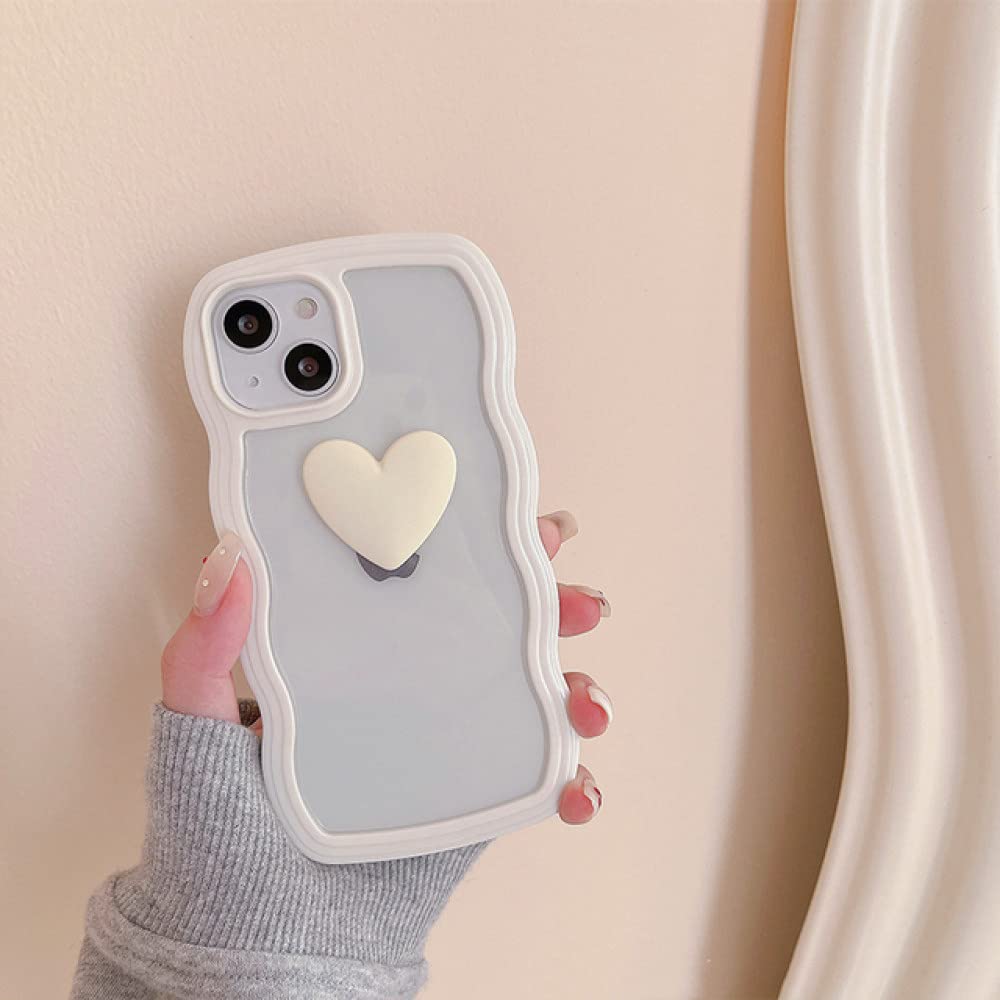Introduction:
In recent times, the fashion retailer Shein has been embroiled in controversy surrounding the sale of a phone case deemed racist by many. This incident has sparked widespread outrage and raised important questions about cultural insensitivity in the fashion industry. To grasp the full scope of this controversy, it’s essential to delve deeper into its origins and implications.
Background of the Controversy:
The controversy erupted when Shein released a phone case featuring a design resembling traditional Maori facial tattoos, known as moko. The Maori community, indigenous to New Zealand, quickly condemned the product as cultural appropriation and disrespectful. Social media platforms amplified the outcry, leading to widespread criticism of Shein’s insensitivity and ignorance regarding cultural significance.
Impact on the Maori Community:
For the Maori community, the sale of the racist phone case by Shein represents a painful reminder of historical exploitation and erasure of indigenous cultures. The unauthorized use of sacred symbols such as moko trivializes their cultural heritage and perpetuates harmful stereotypes. Furthermore, the commodification of cultural symbols for profit reinforces power imbalances and marginalizes indigenous voices.

Response from Shein:
Initially, Shein responded to the controversy with a generic apology and promptly removed the offending product from its website. However, many critics viewed this response as inadequate, emphasizing the need for accountability and genuine understanding. Shein’s failure to acknowledge the broader issues of cultural appropriation and the harmful impact of their actions further fueled public outrage.
Broader Implications:
The Shein racist phone case controversy is not an isolated incident but rather indicative of systemic issues within the fashion industry. It highlights the pervasive problem of cultural appropriation, where dominant cultures exploit and profit from marginalized communities’ traditions without proper acknowledgment or respect. Moreover, it underscores the importance of ethical sourcing and cultural sensitivity in fashion design and marketing.
Calls for Accountability:
In the wake of the controversy, there have been growing calls for Shein and other fashion brands to take responsibility for their actions and prioritize cultural sensitivity. Many advocate for increased diversity and inclusion within these companies to ensure that diverse perspectives are represented and respected in the design process. Additionally, consumers are urged to educate themselves on cultural appropriation and support brands that uphold ethical standards.
The Role of Social Media:
Social media platforms have played a pivotal role in amplifying voices and holding brands accountable for their actions. The Shein racist phone case controversy gained traction across various social media channels, prompting widespread awareness and discussion. As consumers become more vocal about their expectations for ethical and culturally sensitive practices, brands are under increasing pressure to listen and adapt.
Social Media’s Role in Promoting Cultural Awareness:
One positive outcome of the Shein racist phone case controversy is the heightened awareness it has brought to issues of cultural appropriation and sensitivity. Social media platforms have served as powerful tools for educating the public and fostering meaningful conversations about cultural respect and understanding. Through hashtags, shared posts, and discussions, users have been able to amplify indigenous voices and advocate for greater cultural awareness within the fashion industry and beyond.
The Importance of Education and Dialogue:
In the aftermath of the controversy, there has been a renewed emphasis on the importance of education and dialogue in addressing cultural appropriation. Many organizations and individuals have taken proactive steps to educate others about the significance of cultural symbols and the impact of their misuse. By engaging in respectful dialogue and actively listening to diverse perspectives, we can cultivate greater empathy and understanding across cultural boundaries.
Conclusion:
The Shein racist phone case controversy serves as a stark reminder of the power dynamics at play within the fashion industry and the importance of cultural sensitivity. It underscores the need for greater accountability, diversity, and inclusion to prevent future instances of cultural appropriation. By fostering dialogue and promoting respectful engagement with diverse cultures, we can work towards a more equitable and inclusive fashion industry.





